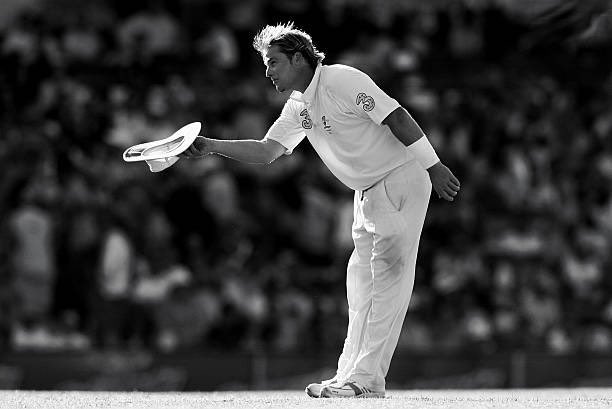ON SATURDAY, India won the World Cup cricket tournament, defeating Sri Lanka and becoming the first team to win the competition at home. But the more remarkable aspect of the win was the way it showed how a captain can lead and accept responsibility, even in this day and age when people are loath to do just that.
India was set a target that wasn’t overly intimidating but not easy to get either; batting second and scoring 275 at Bombay’s Wankhede Stadium isn’t a walk in the park. One needs someone to play a long innings, or two or three people to play knocks of about 60 or 70 to get to this kind of target.
India’s captain Mahendra Singh Dhoni had batted at number 6 right through this tournament. He hadn’t made any decent scores, his best effort being in the low 30s. But he had led the team with his usual calm approach and the final saw him display his leadership qualities.
When India faced Pakistan in the semi-finals, Yuvraj Singh, a batsman who had been a model of consistency, fell for a first-ball duck. Perhaps the intensity of the occasion overcame him – there is no bigger game for either country, and this was a World Cup semi-final to boot.
Had Yuvraj been sent in during the final – India was 114 for three at the stage when he would normally have come in – and not performed, India would have been under immense pressure. The load on Dhoni would have been that much greater. There was also the matter of retaining a left-right hand combination to make it difficult for the Sri Lankan spinners to control the flow of runs.
But Dhoni was in woeful form. He had made some team changes – pulling in the non-performing Shanthakumaran Sreesanth, and leaving out the capable off-spinner Ravichandran Ashwin – and if he had failed, then it is unlikely that anyone would have allowed him to forget his decisions in a hurry.
Dhoni could have sent in Suresh Raina, a capable if young player, to retain the right hand-left hand combination. Raina showed immense maturity in partnering Yuvraj during the quarter-final against Australia, taking the team from 187 for five, a position when things could have come unstuck if a wicket had fallen, to the 261 needed for victory.
But no, Dhoni came out himself. He looked in terrible nick, but kept making ungainly strokes and taking singles and twos here and there. Gradually, he grew in confidence and his form returned. He is never a pretty batsman to watch, but can hit the ball with great power.
One must bear in mind that the two men who were expected to do great things in the final, veterans Virender Sehwag and Sachin Tendular, had both fallen by the time the total reached 31. Gautam Gambhir and Virat Kohli added 83 before the latter fell.
Then Dhoni took over. He and Gambhir took the total to 221 and then Dhoni and Yuvraj took India to victory, with Dhoni hitting a majestic six to seal the win.
One can contrast his actions with those of the Sri Lankan skipper, Kumar Sangakkara, who failed to implement the team’s strategy which has been uniform throughout the tournament – throttle the opposition, and then take wickets when they are trying to increase the scoring rate. Sangakkara left out one of the premier spinners, Ajanta Mendis, based on the logic that India plays spin well. Yet another spinner, Suraj Randiv, was included.
Sangakkara normally bowls his best speedster, Lasith Malinga, in spells of three, three and then four overs. This time, when Malinga was brought back midway through, to obviously try and take a wicket, he was given just the one over. Sangakkara’s other trump card, veteran Muthiah Muralitharan, did not even complete his quota of overs.
And long before the end appeared to be nigh, Sangakkara’s body language told the wrong tale – he looked beaten, his shoulders were hunched, he looked really agitated and in a panic.
I have commented some years ago on the way Dhoni goes about his captaincy; leadership comes naturally to this man who hails from one of the most under-developed regions of the country.
He hasn’t completed a college degree. He doesn’t know the latest buzzwords. He is verbose during TV interviews. He isn’t terribly good-looking. But he shows, time and again, that leadership is a natural trait. You can’t create leaders – they are born, not made.


